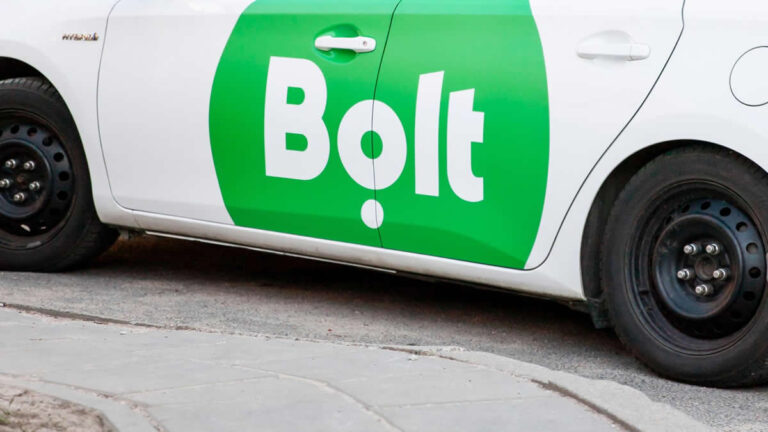Safaricom, the leading telecommunication firm in Kenya, has had a tremendous shift in its voice revenue model. Increased competition and growth of alternative channels of communication have been at the core of this shakeup to the legacy voice business that used to be the centrepiece of revenues for the company. In a bid to counter this drop, loaned airtime, free calls, and reverse calling—innovative solutions put in place by Safaricom—are at the core of powering more than half of its voice usage.
Background Information and Evolution
Peak and Decline of Voice Revenue
Safaricom’s voice revenue hit a high of KSh 95.8 billion in the year ending March 2019, the heyday of traditional telephony. At that time, most Kenyans were purchasing airtime in cash, and voice calls were the favorite mode of communication. In the two succeeding years, however, voice revenue has constantly dropped and fell to KSh 79.5 billion by March 2024.
Competitive Pressures and Alternative Channels
Voice revenues have been falling due to an increase in competition from other players within the industry, such as Airtel Kenya, and substitution effects from new and alternative channels of communication like WhatsApp and social media. These changes have needed a strategic replacement by Safaricom in ensuring that the company sustains its customer base and the revenue streams.
Innovative Solutions and Their Impact
Okoa Jahazi and Reverse Calling
A number of innovative solutions were rolled out by Safaricom to reduce the decline in revenues:
- Okoa Jahazi: This is a service started in 2009 that allows subscribers to borrow airtime if they do not have enough to purchase it immediately.
- Reverse Calling: This was started in 2019, whereby callers who do not have airtime are allowed to make a call at the expense of the receiver. Since it was launched, the service has supported more than 130 million calls, attesting to its popularity among low-income earners.
Free Call Initiatives
To enhance usage, Safaricom has introduced free call initiatives:
- 3-Second Free Call: This enables a call setup of up to three seconds free of charge, primarily for very urgent communications.
- Fuliza Airtime Plans: As part of this bigger service the company offers, known as Fuliza by Safaricom, this provides short-term credit for purchasing airtime. This unlocked KSh 19.8 billion in the purchase of additional airtime from November 2022 to March 2023.
Overall Impact
These have offset declines in voice revenues by raising the usage levels. In the year ending March 2024, these interventions contributed over 50% of the voice usage, translating into about KSh 39.75 billion worth of talk time.
Financial Performance and Strategic Adjustments
Usage and Revenue Trends
Minutes of use per subscriber increased 15.9 percent in the year ending March 2024 from the same period a year earlier, even as voice revenue continues to fall. The rate per minute decreased 12.7 percent to KSh 1.25 as a result of the competitive market and alternative ways of communicating. Overall voice revenue slightly dropped from KSh 80.9 billion to KSh 79.5 billion year-on-year.
Mobile Termination Rates (MTRs)
Voice revenue has also been affected as a result of revision in MTRs. In November 2023, the Communications Authority of Kenya slashed MTRs from KSh 0.58 to KSh 0.41 per minute. This has further consumed into Safaricom revenues in that it used to be a net beneficiary of the charges due to its dominant market share.
Future Outlook and Diversification
Long-term Decline and Strategic Shifts
Although voice revenues are likely to remain on a long-term downward trajectory, it has diversified these revenue streams quite well. This move has been largely offset due to growth in its data and mobile money business, now taking a higher contribution towards total revenues.
Embracing Digital Transformation
Safaricom has been able to keep up with the changing communication environment, which reflects a consideration not only for innovation but also for customer-centric solutions. Leveraging digital technologies coupled with an extension of its services brings on board a means for Safaricom not only to maintain market leadership but also to be able to drive future growth.







